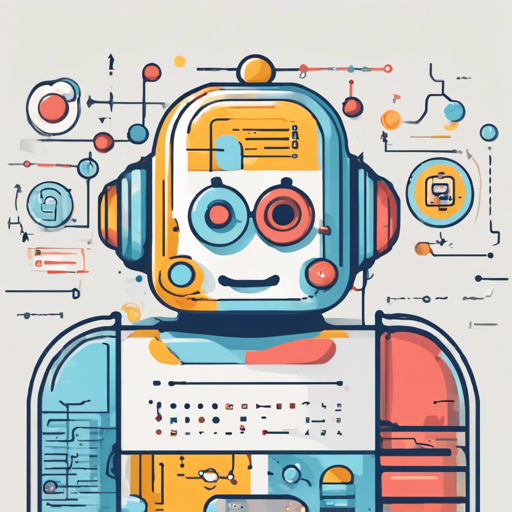Have you ever dreamed of having an AI that chats just like you? Well, dream no more! With pistoBot, you can create an artificial intelligence that mimics your conversational style using your own WhatsApp and Telegram messages. This blog will guide you through the process step-by-step, ensuring you can set it up smoothly. Let’s dive in!
Getting Started
You’ll follow a few key steps to create your pistoBot:
- Get your WhatsApp and Telegram data.
- Parse the chat data using a provided tool.
- Train one of the available models, preferably GPT-2.
- Engage in a chat with the model you’ve trained.
Step 1: Collect Your Chat Data
Your first task is to gather your chat data from WhatsApp and Telegram. This dataset is essential as it will be the foundation on which your bot learns and builds its conversational style.
Step 2: Parse Your Data
To make sense of your chat logs, use the messaging chat parser found here. This tool will help format your messages so that they can be fed into the AI model. Think of this parsing step as organizing your library of books before learning; it makes everything easier to access!
Step 3: Train Your Model
Once your data is parsed, it’s time to train your model. For this, you can utilize the GPT-2 model, which is suggested for this project. Connect to the example project setup via this Colab notebook and let the training begin! Think of training as teaching a child to speak; the more you expose it to words and sentences, the better it communicates.
Step 4: Start Chatting!
Now that your pistoBot is trained, it’s time to have conversations! Engage with your AI and see how well it reflects your style. Here’s a snippet of what a chat might look like:
Chat:
:pencil2: come sei messo col pistobot?
:robot: ahaha male
:pencil2: chatta meglio di te?
:robot: si
:pencil2: non che ci volesse molto...
:robot: ma tu che dici
:pencil2: io dico che potevi impegnarti di più
This engaging exercise demonstrates the conversational capabilities of your AI. Feel free to explore more examples on the project website.
Troubleshooting Tips
If you encounter any hiccups during the setup, here are some troubleshooting ideas:
- Data Parsing Issues: Ensure that your chat data is properly formatted and that you’re using the parsing tool correctly. Double-check the formats required.
- Model Training Errors: If the training fails, review the logs for any errors related to your dataset size or model configuration.
- Unexpected Responses from the Bot: If your AI doesn’t communicate as expected, you might need to retrain it with more data or adjust the training parameters.
For more insights, updates, or to collaborate on AI development projects, stay connected with fxis.ai.
Final Thoughts
At fxis.ai, we believe that such advancements are crucial for the future of AI, as they enable more comprehensive and effective solutions. Our team is continually exploring new methodologies to push the envelope in artificial intelligence, ensuring that our clients benefit from the latest technological innovations.
With these steps, you are now ready to create your own chatbot that mimics your unique conversational style. Enjoy chatting!

